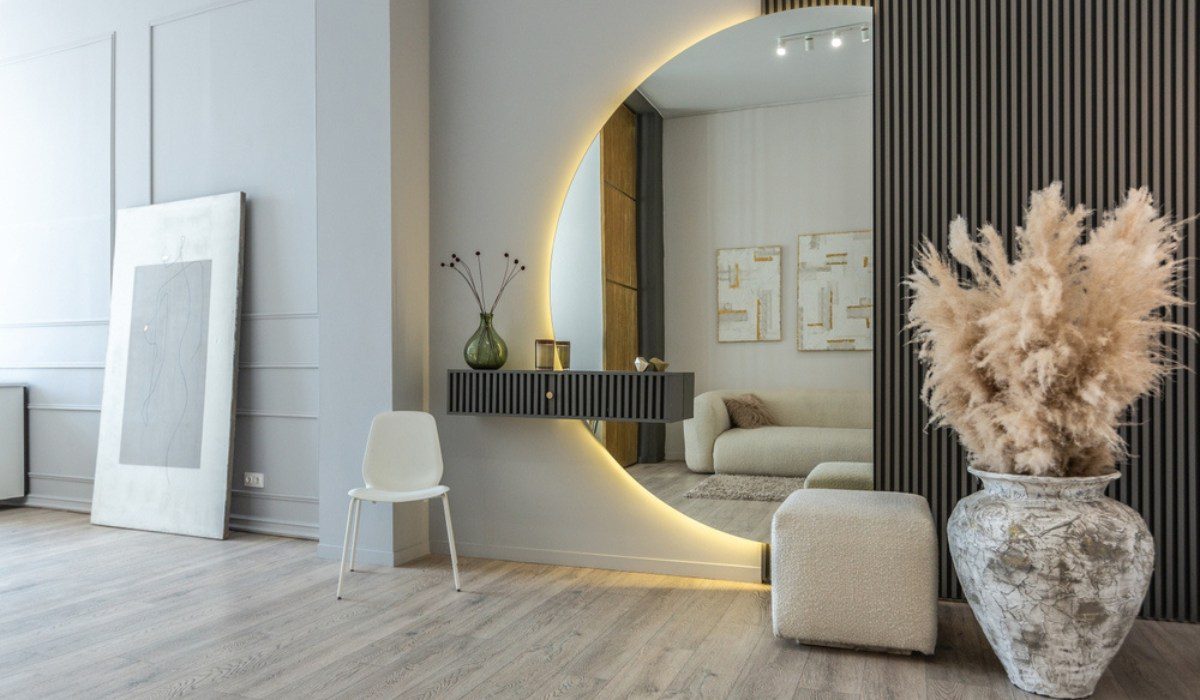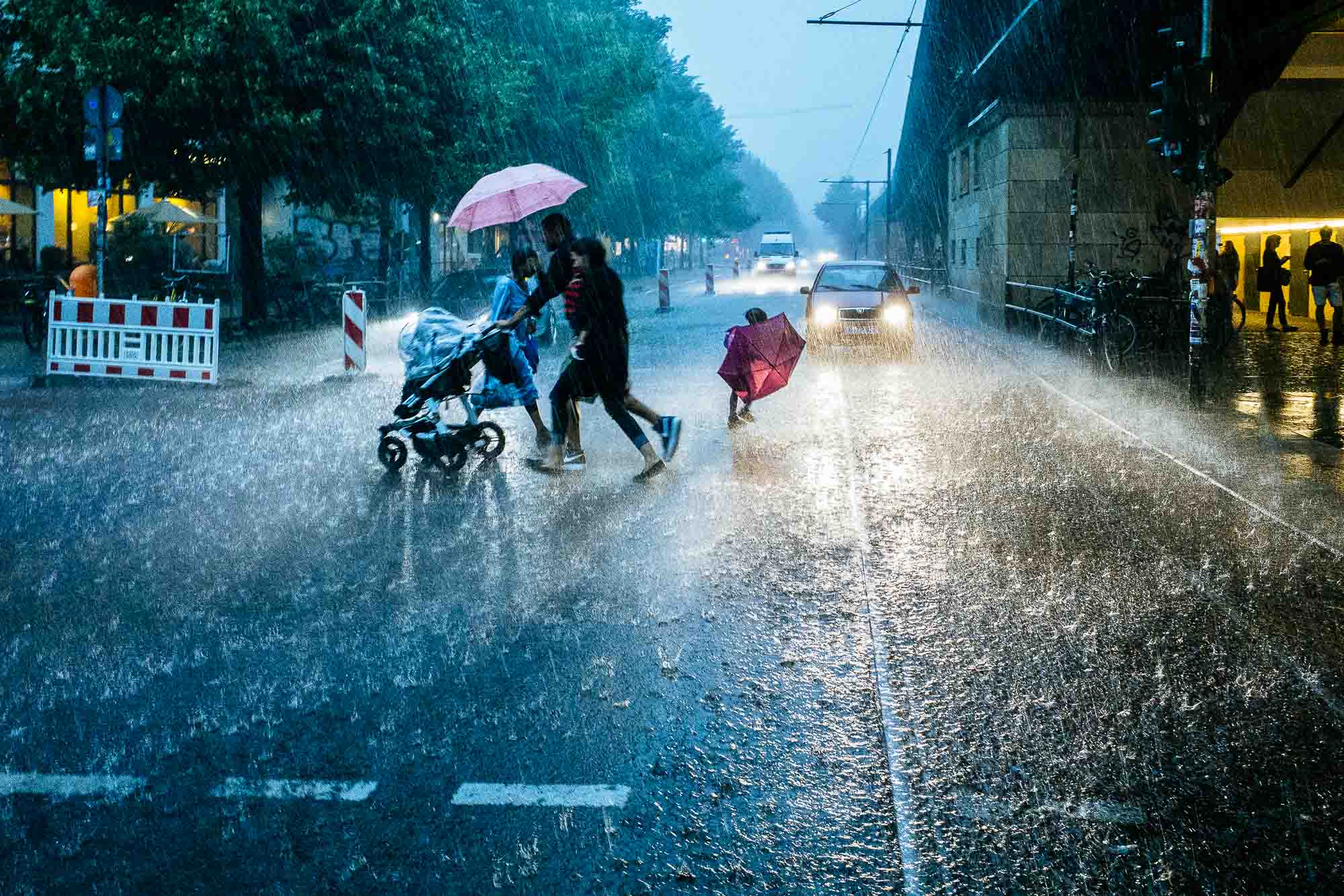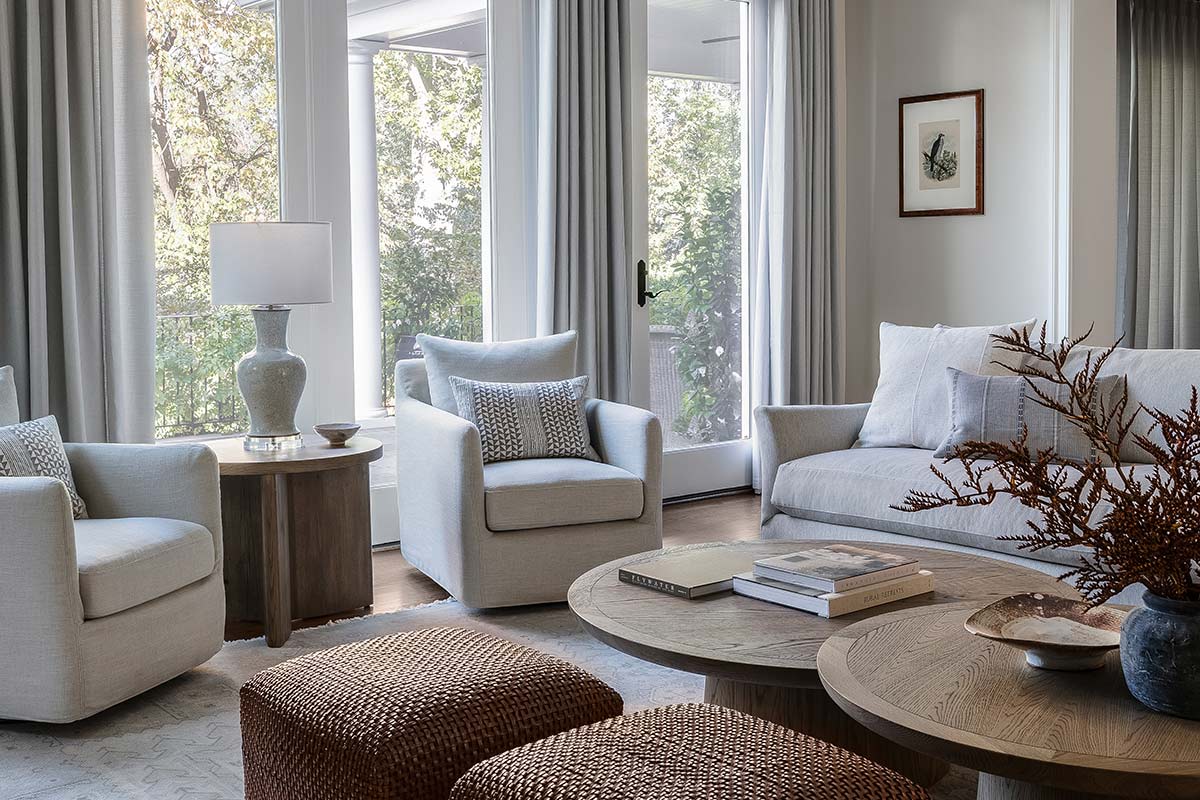I decided, on a slow Sunday afternoon, to remove all mirrors from my apartment. Not just the bathroom mirror, which I usually avoid during rushed mornings, but every reflective surface that forced me to check my appearance. The glass panels in my wardrobe, the small vanity on my desk, even the shiny metal on the kitchen cabinets—all gone. I didn’t make an announcement or explain my plan to anyone. It was private, almost clandestine. I called it an experiment, but in reality, it felt more like stepping into a parallel universe where my reflection no longer dictated my sense of self.
The first day was awkward. I walked past the space where my bathroom mirror had been and instinctively reached out, fingers hovering over empty wall. There was a small jolt, a hiccup in my routine that I hadn’t anticipated. It was startling how much of my day had been framed by glances at myself—adjusting my hair, checking if there was spinach between my teeth, ensuring my outfit wasn’t screaming rebellion against societal norms. Without that instant feedback, I felt unmoored, as though the visual tether that connected me to “me” had been cut.
But something curious began to happen after a few days. I started noticing myself differently—not as an image, but as a presence. I became acutely aware of how I moved through space, how my gestures carried weight, how my posture reflected my mood. Without a mirror to confirm my appearance, I relied on other senses: the brushing of fabric against my skin, the way my hair fell when I tilted my head, the sound of my footsteps on the wooden floor. It was tactile, intimate, and surprisingly grounding.
Grocery shopping became a particularly interesting challenge. I would walk past the reflective surfaces of shop windows and catch glimpses of strangers, often thinking, “Who is that person mirroring me?” It was disorienting at first, but then liberating. I started imagining that I was observing someone else entirely, and in doing so, I loosened the grip of constant self-judgment. Clothing became less about presentation and more about comfort, utility, and the subtle joy of textures against skin.
At work, the experiment affected my interactions in ways I hadn’t anticipated. In meetings, I no longer had the subconscious urge to check my reflection in the laptop camera. I listened differently, spoke differently, and noticed subtleties in other people’s expressions that I might have otherwise missed. There was a strange shift: by detaching from my own visual self-monitoring, I became more attuned to the world around me. Conversations felt fuller, and my own voice carried more weight because it was untethered from the constant inner commentary about how I might appear to others.
The mirrorless nights were even more revealing. Normally, I would check myself before bed, scrutinizing skin, hair, and posture. Without that ritual, sleep arrived faster and more naturally. I realized I had been exhausting myself, polishing an image that didn’t truly matter. In place of those nightly checks, I spent time noticing small things I had neglected—the softness of my sheets, the subtle hum of the radiator, the way light pooled differently across the room as the moon moved through the sky. It was as if the absence of reflection allowed other details to expand in importance, granting me a richer perception of my environment.
Not everything was easy. There were moments of doubt and insecurity, when I caught myself imagining how others might perceive me, or when I wondered if my hair had gone rogue. But the strange beauty of the experiment was that these concerns became fleeting. Without the mirror to freeze an image in place, the notion of an unchanging “self” began to dissolve. I was allowed to be fluid, to explore the day without rigid definitions of my appearance. I started experimenting with hairstyles and outfits without anxiety, noticing that confidence could come from movement, from intention, and not only from visual validation.
By the second week, I found myself reflecting in a more abstract way. I noticed how I interacted with light and shadow, how my silhouette changed with posture, how my body communicated moods without the need for a reflective surface to confirm it. Walking down the street, I was suddenly more conscious of rhythm and cadence: the sway of my arms, the tap of shoes on pavement, the tilt of my head toward passing sounds. I began to feel a poetic symmetry in daily actions, as if my existence was more a dance than a static image.
There were minor social hiccups too. Friends would come over and comment on the lack of mirrors, half-amused, half-concerned. One asked if I was trying to avoid vanity; another joked about how I would survive without seeing if I had toothpaste on my chin. I didn’t mind. In fact, explaining my experiment often sparked deeper conversations about perception, self-image, and the unconscious ways we tether ourselves to reflection. I realized that my decision to remove mirrors was not just about seeing; it was about thinking differently, feeling differently, and engaging with life more fully.
By the end of the month, the experiment had changed my relationship with mirrors permanently, even though I eventually reintroduced a few small reflective surfaces. The most important lesson was subtle but profound: identity is not static, and self-awareness does not require constant visual confirmation. Confidence, curiosity, and presence can thrive without the endless scrutiny of one’s own image. I learned to navigate the world by sensing my own body, observing others, and noticing environmental cues in a more holistic way. My reflection had been a crutch, and letting go revealed a new kind of freedom.
I also discovered a strange humor in the experience. I would occasionally catch myself talking to the space where a mirror used to be, or laugh at the absurdity of avoiding reflections in shiny metal surfaces. It became a game of perception and imagination, a gentle reminder that much of life’s rigidity exists only in the mind.
Ultimately, living without mirrors was not about rejecting beauty or self-care—it was about reclaiming attention and intention. It allowed me to explore the world through movement, sound, and texture. It taught me patience, self-compassion, and a renewed curiosity for the small details that often go unnoticed. A mirror shows a static image, but life is not static; it is fluid, unpredictable, and ever-changing. By stepping away from reflection, I learned to embrace that flow and found a kind of comfort that no glass could ever provide.



